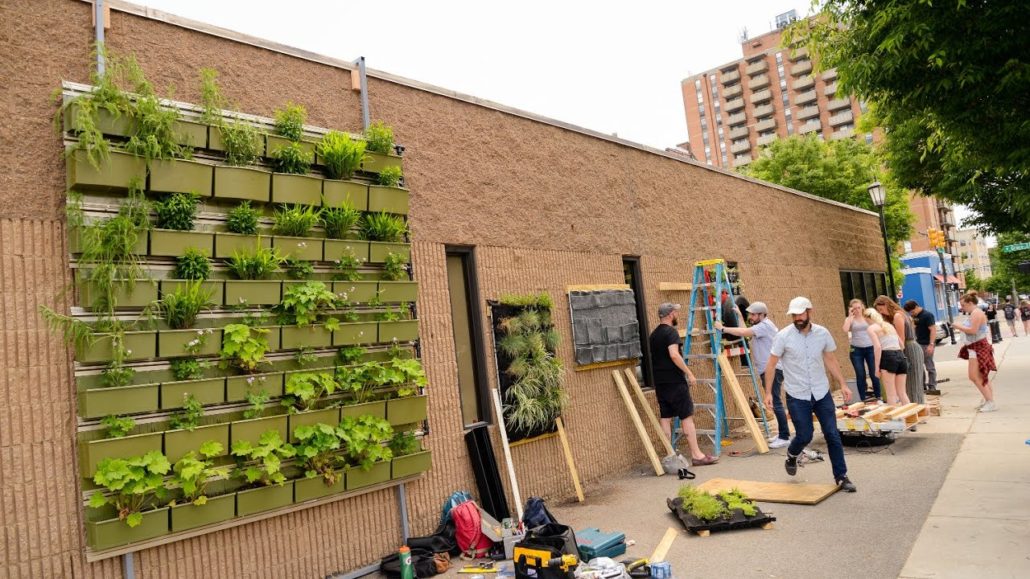
Urban Sustainability Is Growing
Green roofs and walls are gaining popularity in urban developments. This unique landscaping trend is more than just an architectural design, it provides the base for plants to positively impact polluted urban and suburban environments.

Green roofs and green walls
Green roofs are any roof that is partially or completely covered with vegetation, typically planted on top of a waterproof membrane. Green roofs can be a whole system that includes root barriers, drainage, greywater treatment, and irrigation.
Green walls refer to any form of a vegetated wall surface. This broad concept encompasses three major categories: living walls, retaining living walls, and green facades.
Living walls consist of pre-vegetated panels, modules, bags, or planted blankets that are adjoined to a structural wall or frame.
Retaining living walls are home to vegetation and act as a support for slopes.
Green facades are systems of climbing plants, vines, or ground covers that form a supporting structure.
Here are some benefits of green roofs and green walls:
- Improves the longevity of roofs
- Help the tenants below regulate temperature. It is estimated that an average three-story building can save up to 25 percent in the summertime energy costs.
- Decreases stormwater runoff by 40-60 percent which decreases the amount that flows into sewers
- Provide opportunities for food production and urban agriculture
- Provide habitat for wildlife. This could be a way to decrease the devastating impact of urbanization on nature.
- Improves air quality and circulation
- Protects the building structure from harsh weather conditions
- Provides a sound barrier and poses as additional insulation
A greener future
Green roofs and walls are a big step for the sustainability movement in urban design and innovation. These landscaped buildings provide many benefits to the community including thermal insulation, lower utility bills, naturally filtered air and water, and an ecosystem for wildlife.
Tell us about your sustainable methods using the hashtag #MirimichiGreen on Instagram or Twitter.











